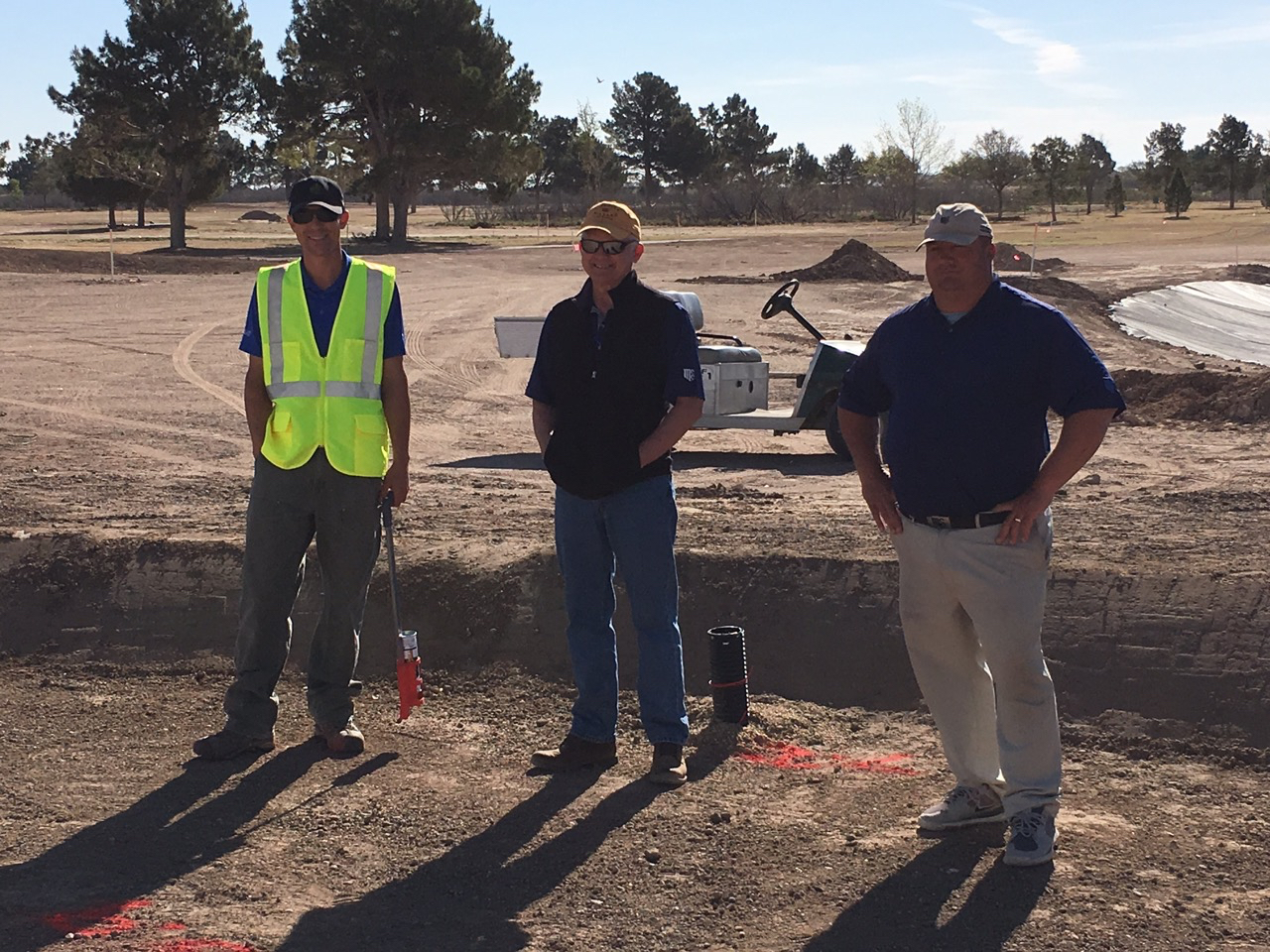For ten years now many professionals in the golf business have been looking to diversify as a buffer to a stagnant golf industry. Looking everywhere for more legs to add to the stool while trying to stay engaged in the core work that they are passionate about but for which there appeared to be shrinking demand. Had golf just been overbuilt or had society changed and left golf behind? Probably a bit of both. The competition that was created was fierce and many golf facilities, golf companies and golf consultants did not make it. The golf participation statistics had many questioning whether golf was a dying sport. In fact, it had many questioning whether it made sense to be in the golf business at all. The sell off of both private and public golf facilities has fueled a remarkable surge in the growth and development of golf course management and ownership companies.
The noteworthy thing about the downturn in golf is that from this negative we may have learned some things that will help us revitalize the golf business. This troubling period has forced us to re-examine every aspect of the golf business and discover new ways to nurture this centuries old game back to health and in an exciting new direction. But we had to answer some questions of which these are just a few.
How do we better introduce kids to the game?
The short course with holes ranging from 30 to 125 yards is one that everyone can play and afford. There is a great one at Pecan Hollow Golf Course. www.pecanhollowgc.com
How do we get millennials interested in golf?
To better fit their lifestyle introduce shorter golf play options (6, 9 and 12 holes), simpler rules, music in carts and technology into the mix.
How do we encourage women to play golf!
It is important for them to have the right equipment and golf courses designed for learning the game without the intimidating atmosphere. There is a fun par 30 nine hole golf course and onsite club fitting at Watters Creek. watterscreekgolf.com/
How do we make golf practice more fun and interactive? The best way is to provide larger practice ranges and short game areas with multiple options, angles and distinct targets. Midland Country Club is a great example of a practice facility with something for everyone. www.midlandcc.com/
How do we reduce the cost of maintenance and the use of water? We can easily stop mowing from fence line to fence line and begin increasing non-maintained area without slowing down or negatively affecting play.
It's not that these amenities and strategies were not being created or addressed before 2008, but certainly we are less focused on the ROI potential of innovative golf strategies and more on providing the golf customer what they want. There was a press release shared on the PGA of America website yesterday, which happened to be National Golf Day. WE ARE GOLF, a coalition of the game’s leading associations and industry partners unveiled its new U.S. Golf Economy Report at the National Press Club in Washington, D. C. The study, conducted by TEConomy partners, reported a 22% rise in activity directly driven by golf in 2016 compared to 2011. Let's hope this is a sign that we are making an impact and that we are beginning to provide for an express lane into the game of golf. It is a great game and can provide a lifetime of fun and friendships!
Golf Insights are written by Steve Wolfard. Steve is the chief principal designer and partner at Wolfard Golf Design. He focuses on architecture, routing, construction, agronomics and how these elements impact both the playability of the game he has loved his entire life and the business of the golf courses he has worked or collaborated on. Wolfard brings a personal and balanced approach to his clients that is built on trust as their project partner. To learn how Steve can help your next project contact him directly at: swolfard@wgolfd.com



